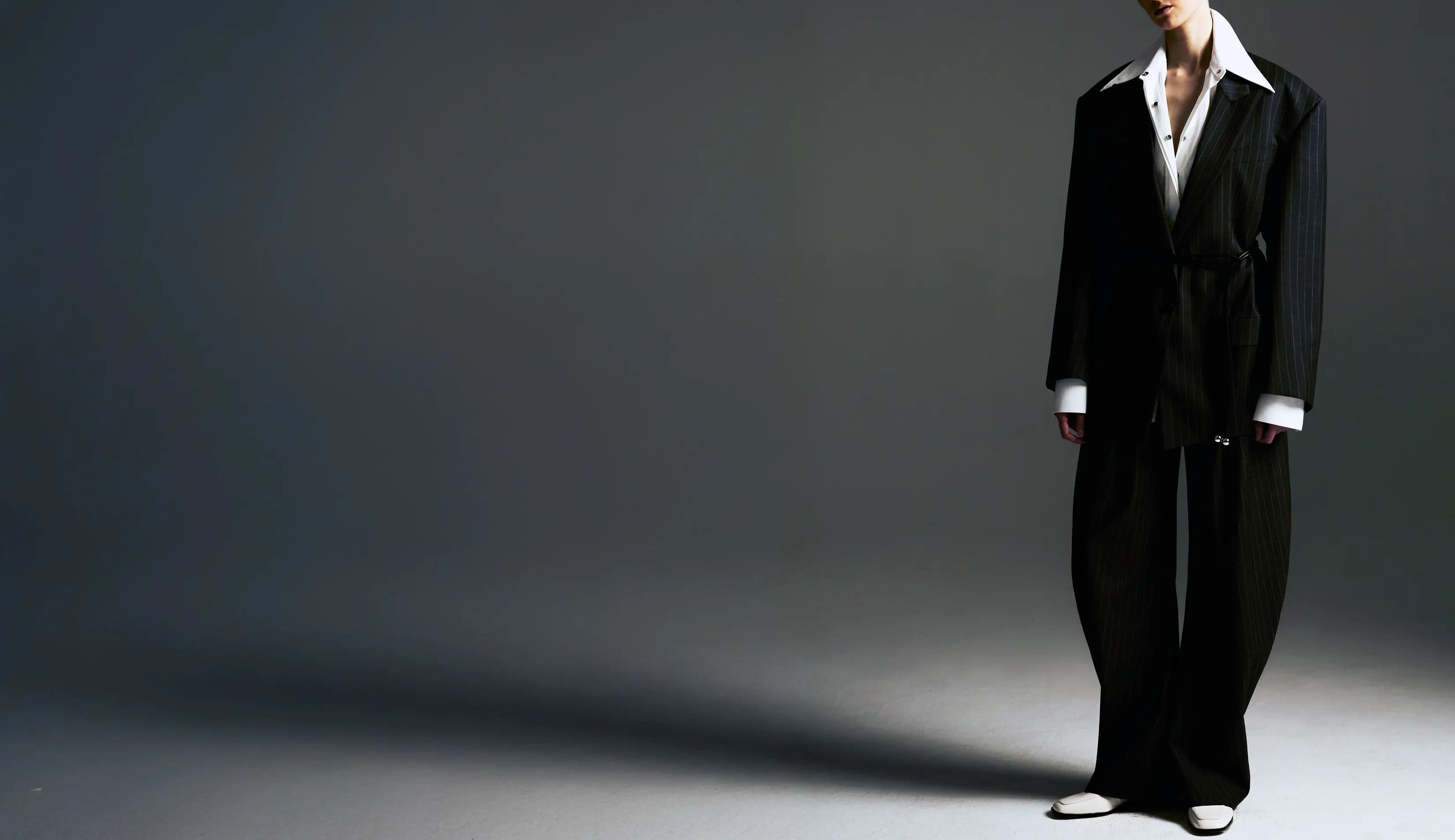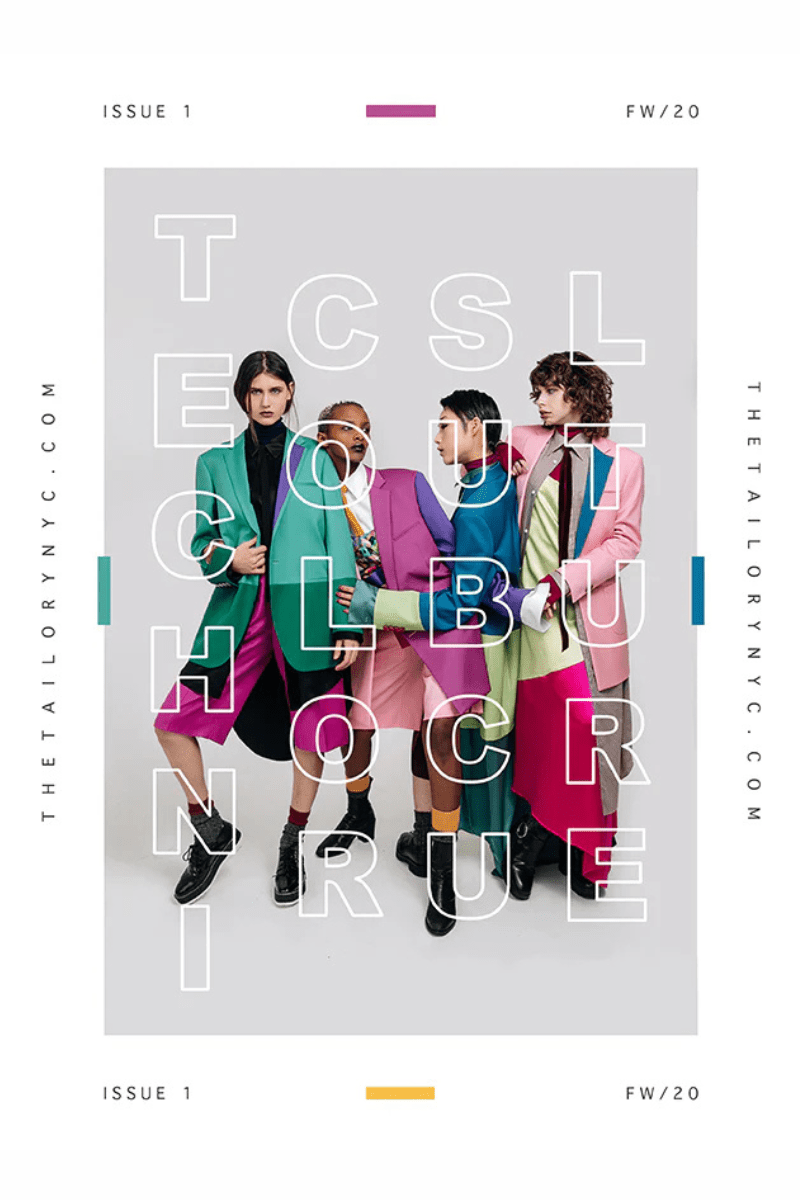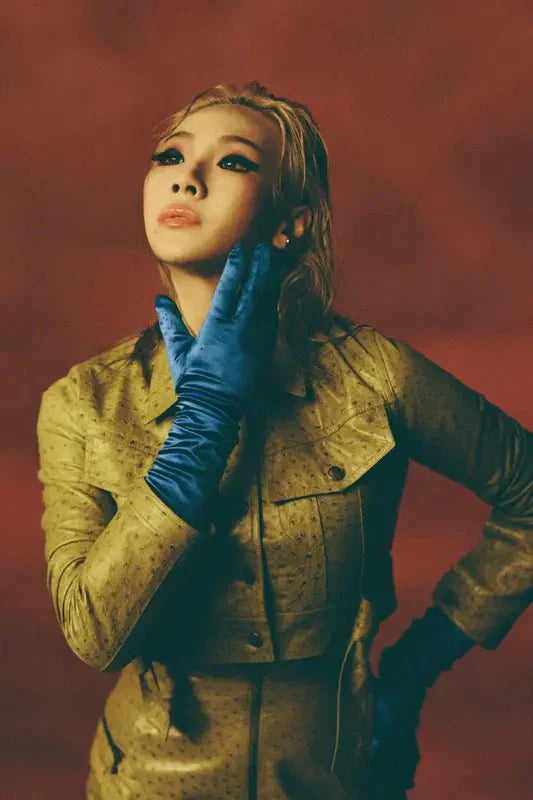When Temporary Became Timeless
The cultural observer navigating Myeongdong's retail landscape witnesses something unprecedented: pop-up installations that refused to disappear. The LINE Friends store represents this evolution perfectly—what began as character merchandising for a messaging app became a retail empire spanning continents, complete with cafés, hotels, and fashion collaborations that would make traditional luxury brands reassess their expansion strategies.
This retail permanence reflects broader changes in how Korean cultural products achieve global reach. The same way Nirvana's "Nevermind" transformed from college radio curiosity to mainstream dominance, K-pop fashion retail evolved from niche fan service to sophisticated commercial experience designed for diverse audiences seeking authentic cultural connection through consumption.
The Brown bear mascot's placement isn't accidental—it serves as cultural ambassador, making Korean pop culture accessible to international visitors while maintaining distinctly Korean aesthetic sensibilities. The Santa hat adds seasonal relevance, demonstrating the sophisticated marketing intelligence that Korean retail has developed through understanding global consumer psychology.
Architectural Psychology of Cultural Commerce
The store's layout reveals strategic understanding of how physical space shapes consumer behavior. Traditional Western retail follows predictable patterns—entrance displays, circulation paths, checkout placement designed for efficient purchasing. Korean pop culture retail reimagines these conventions, creating environments where shopping becomes cultural immersion rather than mere transaction.
The colorful merchandise displays function as visual storytelling devices, each arrangement communicating different aspects of Korean cultural identity. Character merchandise transcends simple branding—it becomes medium for cultural transmission, allowing international consumers to participate in Korean pop culture through tangible objects that extend the experience through daily use.
This approach to retail design reflects lessons learned from Korea's rapid economic development during the 1980s and 1990s, when local businesses observed how international brands created emotional connections with consumers. Korean retailers internalized these techniques while developing their own aesthetic vocabulary, creating retail experiences that feel both familiar and distinctly Korean.
From Hongdae Basements to Global Flagships
The evolution from underground music venues to mainstream retail destinations mirrors the broader trajectory of Korean cultural exports. Hongdae's basement clubs, where indie bands developed followings through intimate performances, established the template for direct artist-audience connection that Korean retail would later scale globally.
The LINE Friends store's success demonstrates how Korean companies transformed this intimate connection model into retail architecture. The oversized mascot characters create the same sense of personal relationship that fans experienced in small venues, scaled for international shopping districts while maintaining emotional authenticity.
This retail philosophy reflects understanding that contemporary consumers, particularly younger demographics, seek experiences rather than mere products. Korean pop culture retail succeeds by offering cultural participation—shopping becomes method for joining global community united by shared aesthetic preferences and cultural values.
Technical Innovation in Experience Design
The store's visual merchandising employs techniques borrowed from Korean entertainment industry staging—lighting that enhances product appeal while creating Instagram-worthy environments, display arrangements that encourage social media sharing, acoustic design that manages crowd noise while maintaining energetic atmosphere.
These technical considerations reflect sophisticated understanding of how retail environments influence consumer behavior. Korean retailers studied how successful music venues create memorable experiences, applying those lessons to commercial space design. The result transforms shopping from utilitarian activity into cultural event.
The merchandise selection demonstrates curatorial intelligence that rivals traditional fashion retail. Each product placement considers how items photograph, how they relate to seasonal campaigns, how they appeal to different consumer segments while maintaining overall brand coherence. This level of merchandising sophistication rivals anything produced by established luxury fashion houses.
Cultural Translation Through Commercial Architecture
The store's design language speaks multiple cultural vocabularies simultaneously—distinctly Korean character aesthetics presented through international retail conventions, creating environments that feel both exotic and accessible to diverse audiences. This cultural translation represents sophisticated understanding of global consumer psychology.
The Brown bear mascot functions as cultural bridge, making Korean pop culture approachable for international consumers while maintaining authentic Korean design sensibilities. The character's anthropomorphic qualities create emotional connection that transcends language barriers, enabling cultural transmission through commercial interaction.
This approach to cultural commerce reflects broader changes in how Korean companies approach international expansion. Instead of adapting products for local markets, they maintain cultural authenticity while creating retail environments that contextualize Korean culture for international audiences.
Retail as Cultural Infrastructure
The LINE Friends store's permanent presence in Myeongdong represents broader shift in how Korean culture industries approach global expansion. Temporary pop-ups created initial market awareness, but permanent retail locations establish cultural infrastructure that supports ongoing relationship building with international audiences.
This retail permanence enables deeper cultural engagement than temporary installations could achieve. Regular customers develop familiarity with product cycles, seasonal campaigns, exclusive releases that create ongoing reasons for return visits. The store becomes destination rather than mere shopping location.
The retail strategy reflects lessons learned from Korean entertainment industry's global expansion—initial novelty creates attention, but sustained success requires infrastructure that supports ongoing cultural participation. Physical retail locations provide this infrastructure, creating spaces where international audiences can maintain connection with Korean pop culture.
Economics of Cultural Authenticity
The store's commercial success demonstrates that cultural authenticity generates measurable economic value. Korean pop culture retail succeeds precisely because it maintains distinctive aesthetic identity rather than adapting to local preferences. This authenticity creates competitive advantage that traditional retail cannot easily replicate.
The merchandise pricing strategy reflects understanding that consumers will pay premium prices for authentic cultural products. Character merchandise commands higher margins than generic alternatives because it offers cultural participation rather than mere utility. This economic model validates the investment in distinctive design and authentic cultural expression.
The store's location in Myeongdong, Seoul's premier shopping district, demonstrates confidence in Korean pop culture's commercial viability. Prime retail real estate requires sustained revenue generation—the store's permanent presence indicates that K-pop fashion retail has achieved commercial stability that justifies long-term investment.
Digital Integration in Physical Space
The store's design accommodates social media sharing through strategic lighting, background configurations, product arrangements that photograph beautifully for Instagram and TikTok. This integration reflects understanding that contemporary retail success depends on customers becoming content creators who extend brand reach through personal networks.
The character mascots serve as photo opportunities that encourage user-generated content, creating marketing reach that extends far through traditional advertising. Each customer photo becomes brand endorsement that reaches their personal networks, creating viral marketing effects that amplify the store's commercial impact.
This digital integration strategy reflects Korean entertainment industry's sophisticated understanding of how social media amplifies cultural influence. Physical retail becomes content creation platform that generates ongoing marketing value through customer participation.
Manufacturing Cultural Desire
The store's merchandise strategy demonstrates sophisticated understanding of how limited availability creates consumer desire. Seasonal releases, exclusive collaborations, region-specific products create scarcity that motivates immediate purchasing while encouraging repeat visits for new releases.
This approach to product scarcity mirrors strategies used by luxury fashion houses, applied to character merchandise that maintains accessible pricing while creating premium experience. The result democratizes exclusivity—making special products available to broader consumer base while maintaining desirability.
The manufacturing quality rivals products from established fashion brands, demonstrating Korean companies' commitment to maintaining product standards that justify premium pricing. Character merchandise transcends novelty category, achieving quality levels that support long-term brand building rather than short-term profit maximization.
Seasonal Adaptation and Cultural Calendar
The Brown bear's Santa hat demonstrates sophisticated understanding of how seasonal adaptation maintains cultural relevance while respecting local customs. Korean retailers learned to integrate international holiday calendars with their own cultural events, creating retail experiences that feel both globally relevant and culturally authentic.
This seasonal strategy reflects broader changes in how Korean cultural products achieve international success. Instead of ignoring local preferences, Korean companies developed sophisticated cultural intelligence that enables authentic expression within diverse cultural contexts.
The seasonal merchandise rotation creates ongoing reasons for customer return, transforming single transactions into ongoing relationships. Regular customers develop familiarity with release schedules, creating loyalty that supports sustained commercial success rather than temporary novelty purchasing.
Global Expansion Through Cultural Intelligence
The LINE Friends store's success in Seoul established template for international expansion that maintains cultural authenticity while adapting to local retail conventions. This balance requires sophisticated understanding of how Korean pop culture translates across different consumer markets.
The expansion strategy reflects lessons learned from Korean entertainment industry's global success—cultural authenticity creates competitive advantage that cannot be easily replicated by local competitors. International consumers seek authentic Korean cultural products rather than localized adaptations.
This approach to international retail represents sophisticated understanding of contemporary global consumer psychology. Cultural authenticity has become premium commodity, creating commercial opportunities for companies that maintain distinctive identity while creating accessible retail experiences.
Architecture of Cultural Participation
The store's design creates multiple levels of cultural engagement—casual visitors can appreciate visual aesthetics and purchase accessible merchandise, while dedicated fans can discover exclusive products and participate in special events. This tiered approach accommodates different levels of cultural investment while maintaining inclusive environment.
The physical space functions as cultural classroom where international visitors learn about Korean pop culture through commercial interaction. Product displays educate customers about character backstories, cultural contexts, design philosophies that inform merchandise creation.
This educational approach transforms retail from simple transaction into cultural exchange, creating value that extends purchasing moment. Customers leave with deeper understanding of Korean pop culture alongside physical products, creating emotional connection that supports long-term brand loyalty.
Future Trajectories in Cultural Commerce
The LINE Friends store's evolution from digital platform to physical retail destination suggests possibilities for how cultural products might continue developing commercial infrastructure. The success validates investment in permanent retail locations that support ongoing cultural engagement rather than temporary marketing activation.
The retail model's success encourages other Korean cultural companies to invest in similar permanent retail infrastructure, creating constellation of cultural destinations that transform international shopping districts into Korean pop culture hubs. This concentration effect amplifies individual store success while creating destination appeal for cultural tourism.
The Brown bear mascot's Santa hat represents more than seasonal marketing—it symbolizes Korean pop culture's successful integration into global cultural calendar, achieving the kind of mainstream acceptance that enables sustained commercial success across diverse markets.
Korean pop culture retail's evolution from temporary installations to permanent cultural infrastructure demonstrates how authentic cultural expression creates sustainable commercial value. The LINE Friends store stands as monument to this transformation—colorful, accessible, distinctly Korean, and permanently woven into the fabric of international retail landscape where cultural authenticity commands premium pricing and sustained consumer loyalty.




